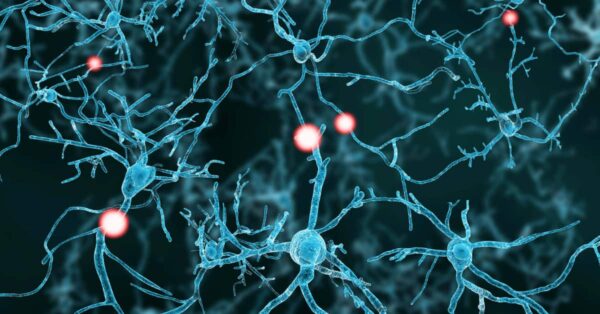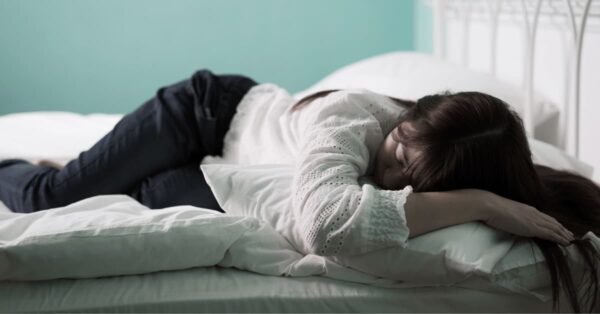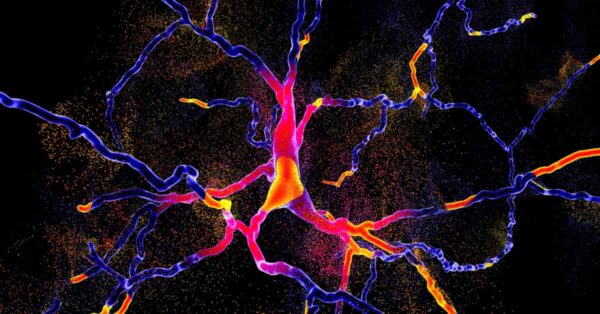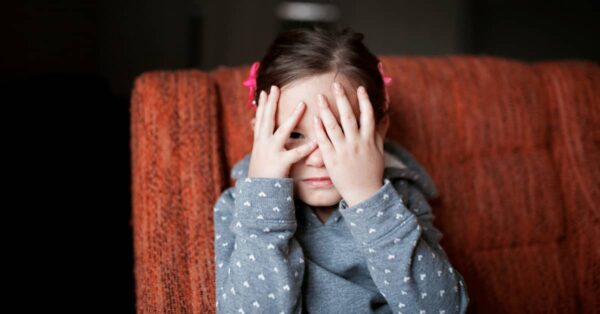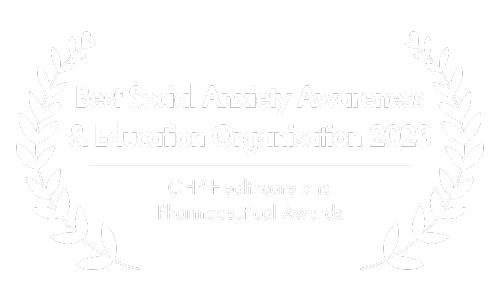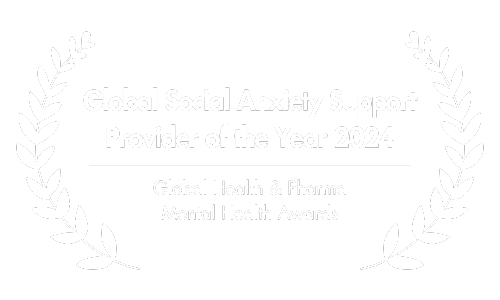Top 10 Devastating Impacts of Living with Social Phobia
Contrary to popular thought, social anxiety disorder (SAD, also called social phobia) is not the same as shyness or introversion.
While the latter describe quite common personality traits, the former is a mental health condition that requires professional treatment.
SAD is marked by intense fear of being judged, negatively evaluated or rejected in social situations (American Psychiatric Association, 2013).
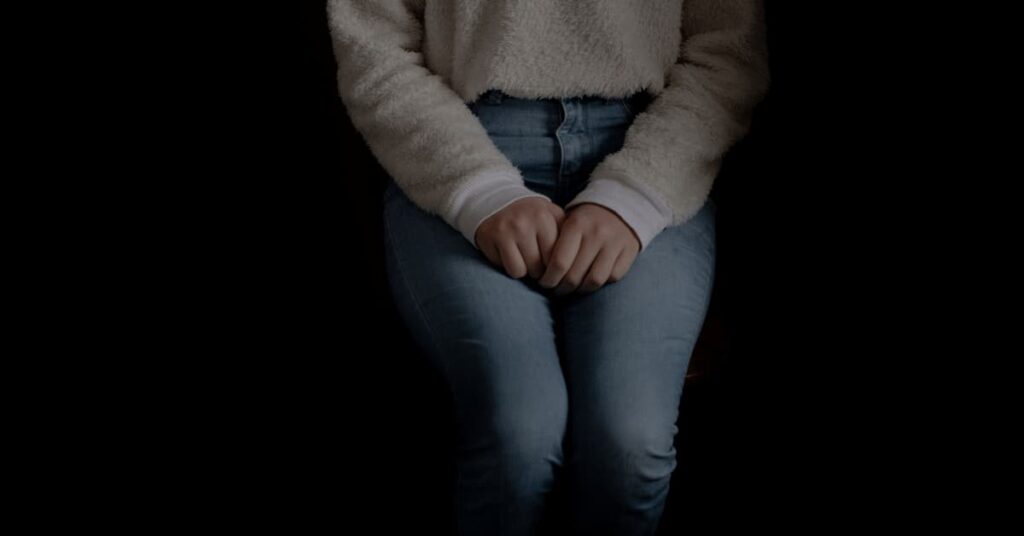
These excessive concerns typically have serious effects on the life of the sufferer.
Here, we will examine the most common effects of social anxiety disorder on different life domains.
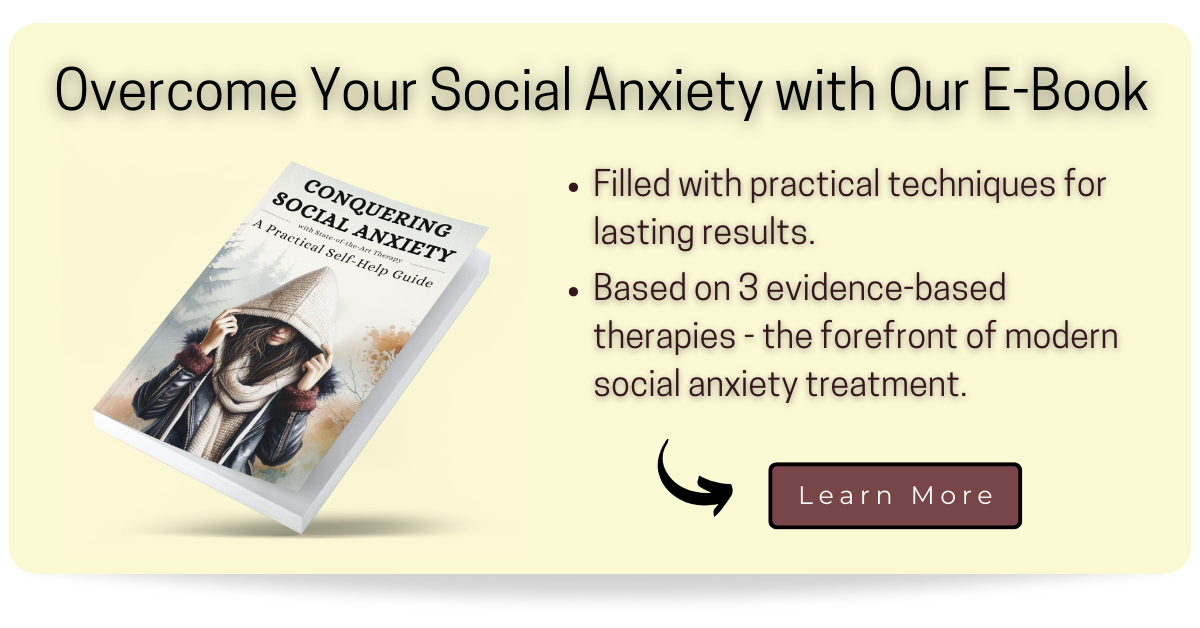
Fewer & Less Satisfying Friendships
Given the hallmark of social anxiety – being highly concerned about being judged or rejected by others -affected people tend to have a very difficult time making friends, especially close ones.
Not only that, but they also spend less time with their close peers, if they have them at all (Hur et al., 2020).
Among few other things, having good friends and spending time with them is an essential ingredient for a happy and fulfilled life.
People with social anxiety often don’t get to enjoy it, and if they do get to make good friends, they tend to spend less time with them compared to other people.

Remember that, in many of these cases, spending time with their friends often implies experiencing anxiety and fear of being negatively evaluated, which makes this time less enjoyable and fulfilling.
A quick tip for those with SAD: a recent study found that spending time with close friends tends to have a positive impact on anxiety, mood and depression levels (Hur et al., 2020).
Of course, this is only true for those who actually have good friends. In many cases, living without meaningful friendships is one of the unfortunate consequences of suffering from social anxiety.
Less Fulfilling Romantic Relationships & Higher Likelihood of Being Single
Social phobia has a huge negative impact on an individual’s interpersonal functioning, which tends to have a negative impact on the romantic relationships of affected people (Acarturk, de Graaf, Van Straten, Have, & Cuijpers, 2008; Gordon, Heimberg, Montesi, Fauber, 2012).
Social anxiety disorder has been linked to a greater likelihood of being single, getting divorced, and experiencing less intimacy in romantic relationships. Similarly, affected people have fewer sexual encounters and relationships, are less satisfied with them, and are less likely to marry.
Think of a healthy and happy relationship. Normally, when things are going well, both partners share and communicate how they feel, and this usually leads to higher levels of intimacy.
Unfortunately, socially anxious people are often very sensitive to criticism and to being negatively evaluated.
Therefore, sharing what they are feeling with their partner is not necessarily a good strategy, as their partner may have difficulty understanding what they are going through and may react with frustration, especially when it becomes somewhat of a pattern.

One study found that socially anxious people who withheld their emotions in their romantic relationships ended up feeling closer to their partner (Kashdan, Volkmann, Breen, & Han, 2007).
This means that people with SAD are not only less likely to have romantic relationships, but they also need to withhold their true emotions so as not to drive their partner away, if they are lucky enough to have one.
Weak & Emotionally Distant Family Ties
Being emotionally close and in regular contact with family has been shown to be a protective factor against SAD (Levine, Taylor, Nguyen, Chatters, & Himle, 2015).
This suggests that many people with social anxiety do not have satisfying or healthy relationships with their families.
Socially anxious people tend to have weaker family ties compared to the general population and often lack a healthy family support system. Affected people typically report greater emotional and physical distance to their family members and they are less likely to start and raise their own family.
This can be highly problematic.
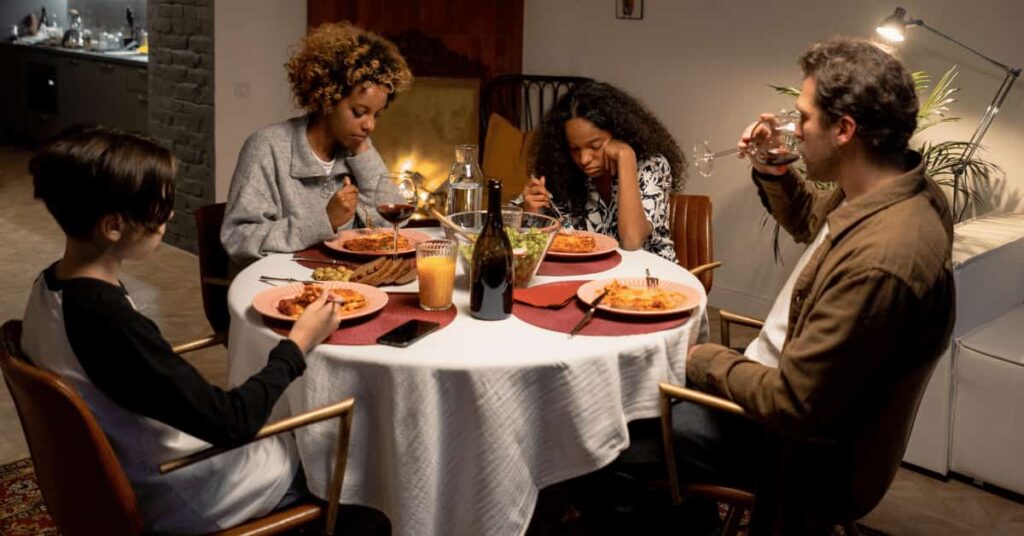
Not only is family one of the fundamental elements of overall well-being and a fulfilled life, but it can also provide an emotional and physical refuge from life’s difficulties.
Without a functioning family support system in place, socially anxious people often find themselves struggling with their SAD just by themselves, which can intensify suffering.
Lower Educational Attainments
Going to school and college requires being in a classroom with a lot of other students. Needless to say that this is usually problematic for socially anxious people.
High school is often especially hard for teenagers with SAD. With all the kids trying to be cool and fit in, nobody wants to be seen as insecure, weak or weird.
Interestingly, social phobia usually appears in early adolescence, just when kids start to worry about their image and want to be accepted and liked by their peers.
However, as it is very normal for there to be some kind of insecurity at that age, parents and teachers often downplay children’s social fears and do not take them seriously.

This leaves kids with SAD in a bad place. Their anxiety and fear are to be taken seriously, but their parents and teachers often think that this is just a phase they will grow out of.
Attending school is often very challenging for students with social anxiety disorder. Many feel very uncomfortable and anxious in the classroom, while others avoid such situations altogether. This usually results in lower grades and many students drop out of school early.
Socially anxious students who leave school preliminarily are at an increased risk of sufferin from alcohol abuse and dependence at a later point in life, compared to those who attain their desired level of education (Van Ameringen, 2003, Mancini, & Farvolden, 2003).
Due to their fear of classroom settings, people with SAD are less likely to pursue higher education, which brings us to our next consequence of suffering from social phobia.

Jobs Below Career Potential & Lower Wages
In general, many people with SAD have the intellectual skills, and often the passion for a particular subject, needed to pursue a degree and succeed in a particular profession.
However, many people with social phobia are afraid of being in a classroom or having to give presentations in front of large groups of people, and therefore shy away from higher education.
In the end, most are glad to have made it through high school in some form.
Many people with social anxiety disorder choose workplaces where interpersonal communication is kept to a minimum, so they are less likely to be judged and negatively evaluated by their peers or supervisors. They often perform below their professional potential and earn below-average wages.
The activities they perform may be important and provide value to society, but they are not necessarily the right choice given their individual skills and talents, not to mention their passions.

As a result, people with SAD earn 10% less on average compared to people without social anxiety (Katzelnick et al., 2001).
Affected individuals also report taking more days off and being less productive because of their anxiety symptoms (Stein, McQuaid, Laffaye, & McCahill, 1999).
As we spend a large part of our lives in the professional environment in which we find ourselves, it has a huge negative impact on our life satisfaction to do a job we dislike.
As a result, socially anxious people who choose a career that does not truly fulfill them are less satisfied with their lives.
Poorer Physical & Mental Health
Another area that is often affected by social anxiety is physical and mental health.
Think about it: Socially anxious people either avoid social situations that scare them – which is associated with increasing loneliness – or they regularly experience great stress when confronted with them, which means they are chronically exposed to a great deal of stress.
Both options have a negative impact on their health.
Loneliness has been linked to decreased physical and mental health, as well as an unhealthy lifestyle (Richard et al., 2017).
Chronic stress negatively influences physical and mental functioning (Yaribeygi, Panahi, Sahraei, Johnston, & Sahebkar, 2017).
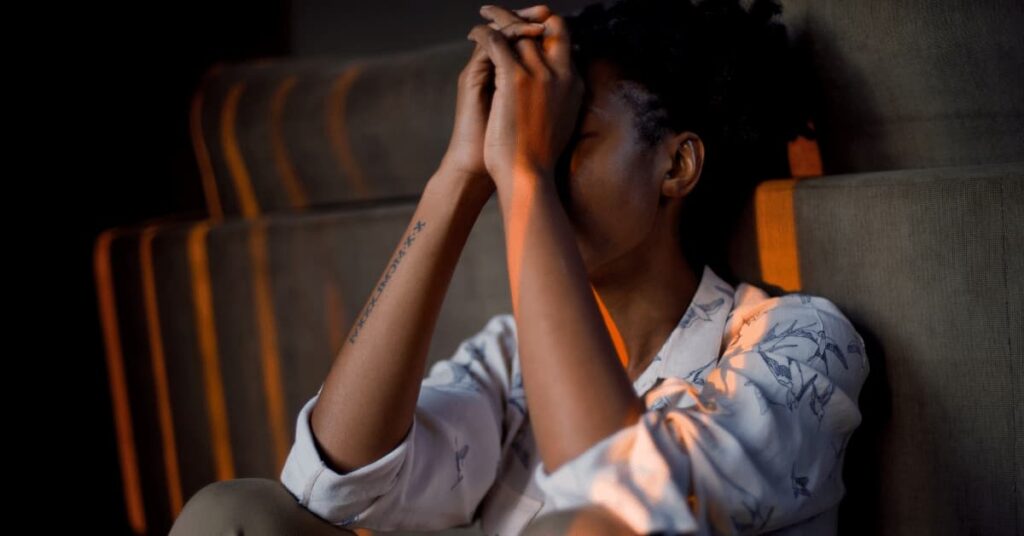
Being around others typically increases overall well-being, as well as physical and mental health.
We are inherently social creatures who evolved to feel good when we are part of a group and collaborate with others, as this was beneficial to our survival as a species.
Because people with social anxiety disorder either suffer high levels of stress when they are with others or spend a lot of time alone, they lack the protective effects of social contact. Chronic anxiety and loneliness are associated with poorer physical and mental health.
This is the main dilemma of the socially anxious person: they crave contact with others, but experience anxiety and stress when around others because they are afraid of being rejected and not being able to belong to the group.
Unfortunately, the result is often a deterioration of physical and mental health.
Alcohol Abuse & Dependency
Many people with social anxiety turn to alcohol to reduce their fears and improve their sociability. Others use it as a means of stress relief and mood elevation. Alcohol use disorder are very common among people with social phobia, as the substance is often used as a coping tool.
For example, socially anxious people often drink at parties or family gatherings, where alcohol consumption is socially accepted.

Others may abuse alcohol on a first date, or even in everyday situations, such as before going to work or meeting friends.
There is a strong relationship between social anxiety and alcohol use disorder, with almost half of those affected by SAD also meeting criteria for alcohol use disorder at some point in their lives (Grant et al., 2005, Schneier et al., 2010).
In most of these cases, having SAD precedes alcoholism, which means that people with SAD will very often use alcohol to cope with their anxiety and eventually become addicted to it.
In fact, people diagnosed with SAD are four times more likely to develop alcohol use disorder than those without social phobia (Buckner et al., 2008; Schneier et al., 2010).
And these numbers only refer to alcohol use disorder. As you know, there are many other substances that can be abused.
For example, one in four people with SAD have a nicotine dependence, and SAD sufferers are seven times more likely to experience a marijuana dependence compared to the general population (Agosti, Nunes, Levin, 2002).
Depression, Suicidal Ideation & Increased Suicide Risk
After all we have covered so far, it is only logical that depression would appear on this list.
With friendships, romantic relationships, family life, education and professional life, as well physical and mental health drastically impacted by SAD, it is probably self-explanatory why people with social anxiety disorder tend to develop depression.
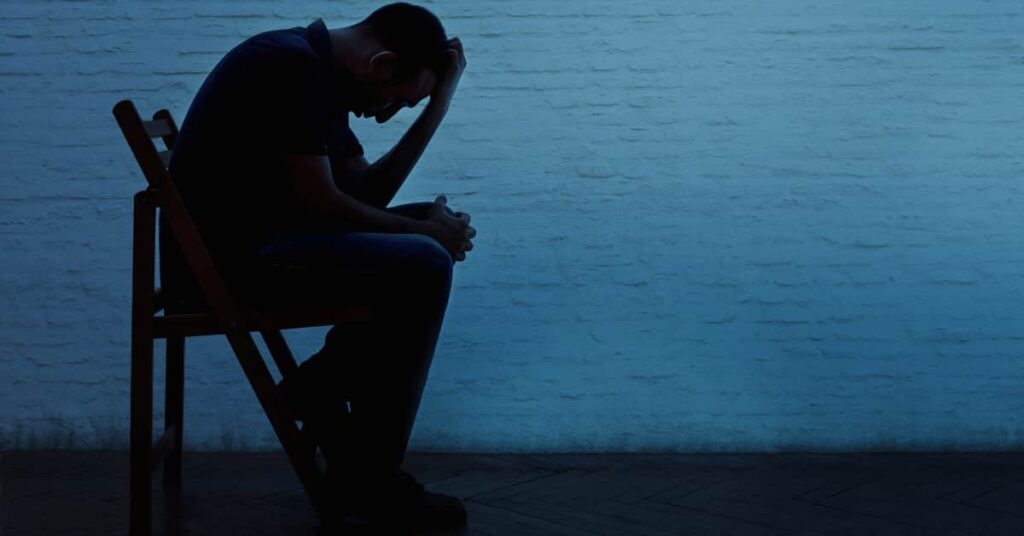
A longitudinal study that followed a large group of adolescents and young adults with SAD for several years found that these individuals were more likely to develop depression compared with the general population (Wittchen, Stein, & Kessler, 1999).
Those who already had depressive symptoms at the start of the study were at even greater risk for another depressive episode or permanent depression.
The problem with adding depression to an existing social anxiety disorder is that it increases social withdrawal, which in turn increases social anxiety, which in turn leads to more depressive symptoms, and so forth.
This often leads to increased suicidal thoughts and an increased risk of actually committing suicide (Wunderlich, Bronisch, & Wittchen, 1998).

Other, Additional Mental Health Conditions
In up to 90% of cases, social anxiety disorder is accompanied by an additional psychiatric condition (Acarturk, de Graaf, van Straten, Have, & Cuijpers, 2008).
So far, we have covered the most common ones: substance use disorder and depression, as well as an increased risk of suicide.
However, there are many more psychological problems associated with SAD.
People affected by SAD often also suffer from obsessive-compulsive disorder (OCD for short), post-traumatic stress disorder (PTSD), eating disorders, as well as childhood disorders such as ADHD (Koyuncu, İnce, Ertekin, & Türkel, 2019).

When SAD co-occurs with one of these conditions – meaning that a person suffers from two or more disorders at the same time – this typically comes along with greater symptom severity, increased resistance to treatment, and lower overall functioning.
This can make social anxiety disorder more difficult to treat and, of course, usually means more problems and more suffering for the affected person.
We would like to point out here that these additional psychiatric conditions are not necessarily consequences of social phobia. They simply often coexist with it.
Everyday Struggle With Seemingly Simple Tasks
So far, we’ve covered quite big and important parts of life that are often affected by SAD.
This last item on our list, however, focuses on the little things.
Although seemingly little, these things are actually part of the most serious consequences that people with SAD have to deal with.
We relate to struggling with daily tasks and mundane chores. Things that are easy for most people, but can be incredibly difficult for people with social anxiety.
Depending on the person, the specific problem areas may vary. But all people with SAD have their own personal situations that they fear and really struggle with.

This means that people with social phobia have a choice almost every day, either to avoid the social situations they fear – and then suffer the consequences of not showing up in life – or to face the social situation, but to do so under great stress and anxiety.
Situations that most people find normal and perhaps even enjoyable can be a major obstacle for socially anxious people.
Given that people with SAD often have to experience such anxiety-provoking situations on a daily basis, these “little” things deserve to be in this list.
And they are probably among the most intolerable effects of social anxiety of all.
We hope this article raises awareness to the seriousness of social anxiety disorder. If you are interested in the subject, we invite you to read our introductory guide to social anxiety disorder, which covers the fundamentals of SAD or to head over to our complete treatment guide, designed to give you a comprehensive overview of available treatment options.

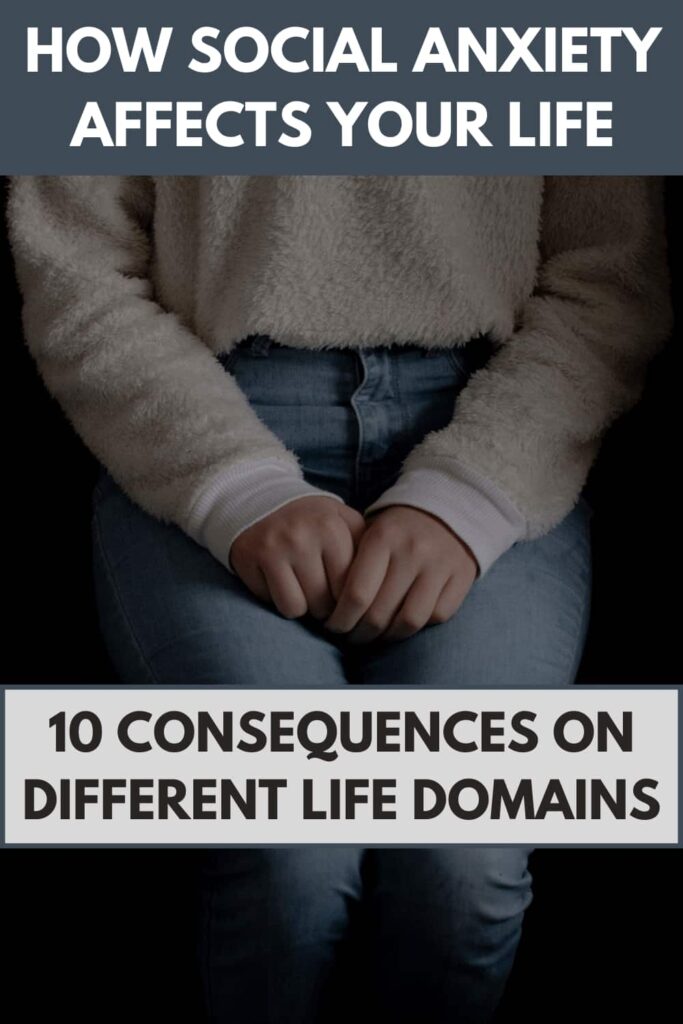
Pin | Share | Follow
[DISPLAY_ULTIMATE_SOCIAL_ICONS]
Acarturk, C., de Graaf, R., van Straten, A., Have, M. T., & Cuijpers, P. (2008). Social phobia and number of social fears, and their association with comorbidity, health-related quality of life and help seeking: a population-based study. Social psychiatry and psychiatric epidemiology, 43(4), 273–279. https://doi.org/10.1007/s00127-008-0309-1
Agosti, V., Nunes, E., & Levin, F. (2002). Rates of psychiatric comorbidity among U.S. residents with lifetime cannabis dependence. The American journal of drug and alcohol abuse, 28(4), 643–652. https://doi.org/10.1081/ada-120015873
American Psychiatric Association. (2013). Diagnostic and statistical manual of mental disorders (5th ed.). Arlington, VA: American Psychiatric Publishing.
Buckner, J. D., Schmidt, N. B., Lang, A. R., Small, J. W., Schlauch, R. C., & Lewinsohn, P. M. (2008). Specificity of social anxiety disorder as a risk factor for alcohol and cannabis dependence. Journal of psychiatric research, 42(3), 230–239. https://doi.org/10.1016/j.jpsychires.2007.01.002
Gordon, E. A., Heimberg, R. G., Montesi, J. L., & Fauber, R. L. (2012). Romantic relationships: do socially anxious individuals benefit?. Cognitive behaviour therapy, 41(2), 140–151. https://doi.org/10.1080/16506073.2012.656275
Grant, B. F., Hasin, D. S., Blanco, C., Stinson, F. S., Chou, S. P., Goldstein, R. B., Dawson, D. A., Smith, S., Saha, T. D., & Huang, B. (2005). The epidemiology of social anxiety disorder in the United States: results from the National Epidemiologic Survey on Alcohol and Related Conditions. The Journal of clinical psychiatry, 66(11), 1351–1361. https://doi.org/10.4088/jcp.v66n1102
Hur, J., DeYoung, K. A., Islam, S., Anderson, A. S., Barstead, M. G., & Shackman, A. J. (2020). Social context and the real-world consequences of social anxiety. Psychological medicine, 50(12), 1989–2000. https://doi.org/10.1017/S0033291719002022
Kashdan, T. B., Volkmann, J. R., Breen, W. E., & Han, S. (2007). Social anxiety and romantic relationships: the costs and benefits of negative emotion expression are context-dependent. Journal of anxiety disorders, 21(4), 475–492. https://doi.org/10.1016/j.janxdis.2006.08.007
Katzelnick, D. J., Kobak, K. A., DeLeire, T., Henk, H. J., Greist, J. H., Davidson, J. R., Schneier, F. R., Stein, M. B., & Helstad, C. P. (2001). Impact of generalized social anxiety disorder in managed care. The American journal of psychiatry, 158(12), 1999–2007. https://doi.org/10.1176/appi.ajp.158.12.1999
Koyuncu, A., İnce, E., Ertekin, E., & Tükel, R. (2019). Comorbidity in social anxiety disorder: diagnostic and therapeutic challenges. Drugs in context, 8, 212573. https://doi.org/10.7573/dic.212573
Richard, A., Rohrmann, S., Vandeleur, C. L., Schmid, M., Barth, J., & Eichholzer, M. (2017). Loneliness is adversely associated with physical and mental health and lifestyle factors: Results from a Swiss national survey. PloS one, 12(7), e0181442. https://doi.org/10.1371/journal.pone.0181442
Schneier, F. R., Foose, T. E., Hasin, D. S., Heimberg, R. G., Liu, S. M., Grant, B. F., & Blanco, C. (2010). Social anxiety disorder and alcohol use disorder co-morbidity in the National Epidemiologic Survey on Alcohol and Related Conditions. Psychological medicine, 40(6), 977–988. https://doi.org/10.1017/S0033291709991231
Stein, M. B., McQuaid, J. R., Laffaye, C., & McCahill, M. E. (1999). Social phobia in the primary care medical setting. The Journal of family practice, 48(7), 514–519.
Van Ameringen, M., Mancini, C., & Farvolden, P. (2003). The impact of anxiety disorders on educational achievement. Journal of anxiety disorders, 17(5), 561–571. https://doi.org/10.1016/s0887-6185(02)00228-1
Wittchen, H. U., Stein, M. B., & Kessler, R. C. (1999). Social fears and social phobia in a community sample of adolescents and young adults: prevalence, risk factors and co-morbidity. Psychological medicine, 29(2), 309–323. https://doi.org/10.1017/s0033291798008174
Wunderlich, U., Bronisch, T., & Wittchen, H. (1998). Comorbidity patterns in adolescents and young adults with suicide attempts. European archives of psychiatry and clinical neuroscience, 248(2), 87–95. https://doi.org/10.1007/s004060050023
Yaribeygi, H., Panahi, Y., Sahraei, H., Johnston, T. P., & Sahebkar, A. (2017). The impact of stress on body function: A review. EXCLI journal, 16, 1057–1072. https://doi.org/10.17179/excli2017-480
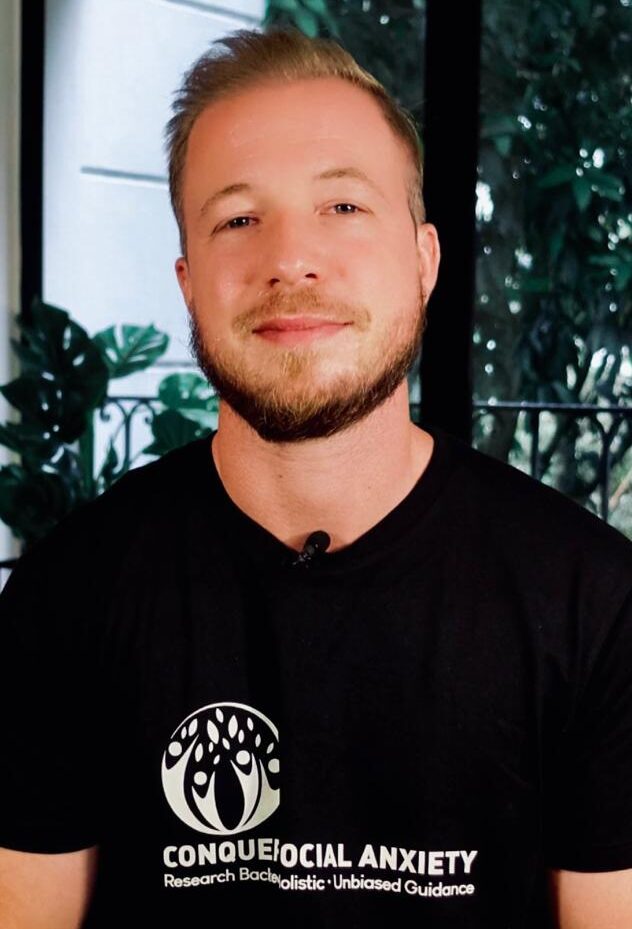
About the Author: Martin Stork
Martin is a professional psychologist with a background in physical therapy. He has organized and led various support groups for people with social anxiety in Washington, DC and Buenos Aires, Argentina. He is the founder of Conquer Social Anxiety Ltd, where he operates as a writer, therapist and director. You can click here to find out more about Martin.
